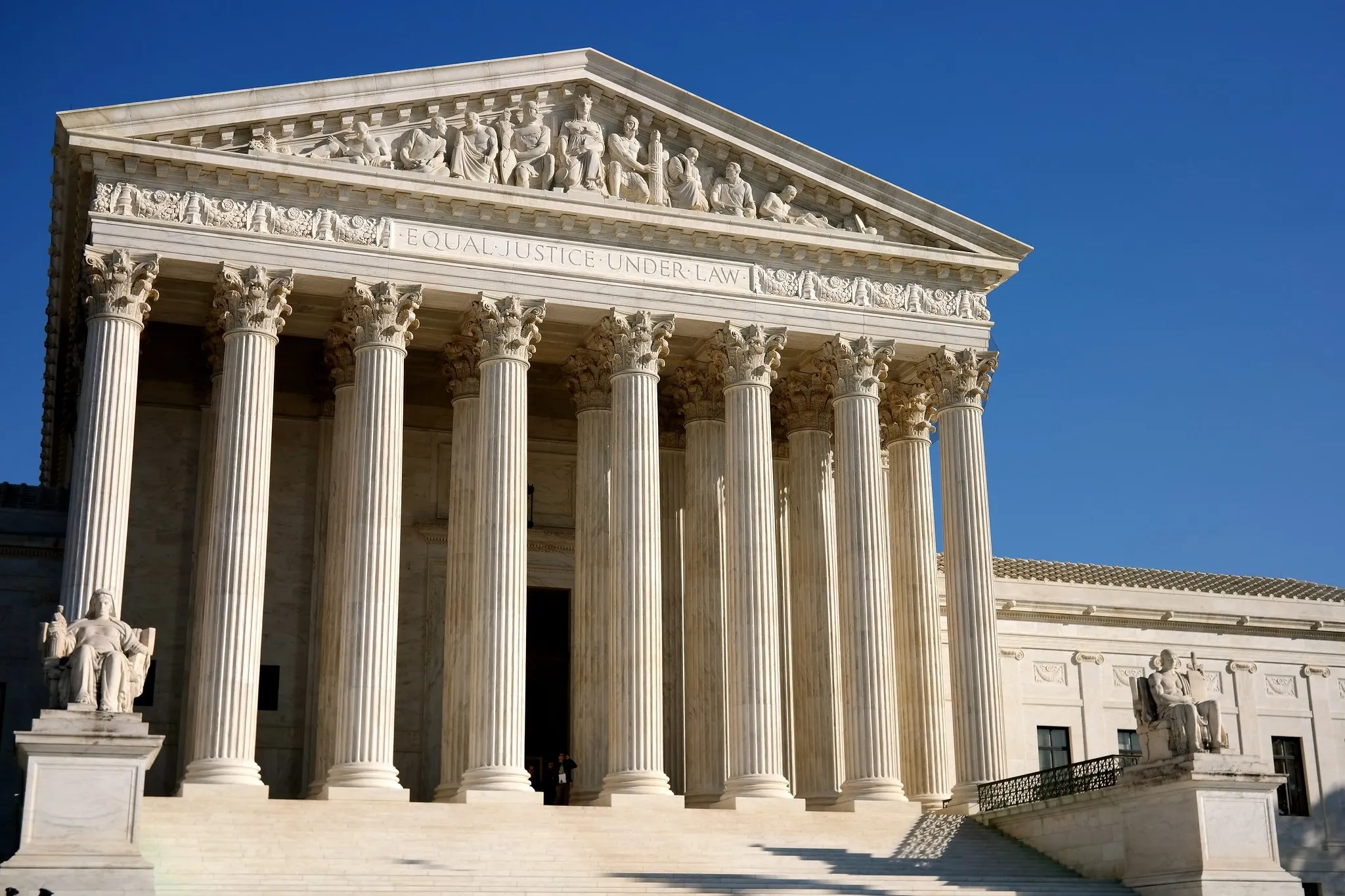Rogers Test Not Applicable When Mark Is Used as a Trademark | BakerHostetler
Supreme Court Rules in Favor of Jack Daniel’s Over ‘Spoofed’ Bad Spaniels Dog Toy
The Second Circuit’s 1989 Rogers test sets an elevated standard for proving trademark infringement, for the purpose of protecting First Amendment interests, when a trademark is used in “works of artistic expression.” Rogers v. Grimaldi, 875 F.2d 994 (2d Cir. 1989). Where the Rogers test applies, the unauthorized use of a trademark can give rise to an infringement claim only if (1) the trademark has “no artistic relevance” to the accused work or (2) in the case of artistic relevance, the accused work’s use of the trademark “explicitly misleads as to the source or the content of the work.” Id. at 999. Where applicable, the Rogers test is a powerful defense against claims of trademark infringement and dilution.
The Ninth Circuit expanded the Rogers test by applying it well beyond its original context — the use of dancer Ginger Rogers’ name in the title of a Fellini film — to a wide variety of cases where an alleged infringer claimed that the accused product involved “artistic expression.” Most recently, the Ninth Circuit applied the Rogers test to dog chew toys that mimicked the trademarks appearing on a whiskey bottle. See VIP Prod. LLC v. Jack Daniel’s Properties, Inc., 953 F.3d 1170 (9th Cir. 2020), vacated and remanded, No. 22-148, 2023 WL 3872519 (U.S. June 8, 2023).
Effectively treating the question of “artistic expression” as a threshold inquiry in trademark infringement and dilution cases, and only applying the traditional likelihood of confusion (or dilution) analysis if no “artistic expression” was evident in the allegedly infringing work, the Ninth Circuit held:
In general, claims of trademark infringement under the Lanham Act are governed by a likelihood-of-confusion test, which seeks to strike the appropriate balance between the First Amendment and trademark rights[.] When artistic expression is at issue, however, the general likelihood-of-confusion test fails to account for the full weight of the public’s interest in free expression. Accordingly, we have held that the Lanham Act only applies to expressive works if the plaintiff establishes one of the two requirements in the test set forth in Rogers[.]
Id. at 1174 (citations and quotations omitted). The Ninth Circuit found that the Rogers test had to be applied in this manner to Jack Daniel’s challenge to the VIP Products chew toy because VIP Products’ “Bad Spaniels” toy was an “expressive work” and “used to convey a humorous message.” On this basis, the Ninth Circuit overruled the lower court’s findings of infringement and dilution.
The U.S. Supreme Court, in turn, vacated the Ninth Circuit’s judgment in its highly anticipated decision issued on June 9, 2023. See Jack Daniel’s Properties, Inc. v. VIP Prod. LLC, No. 22-148, 2023 WL 3872519 (U.S. June 8, 2023). In true Supreme Court character, the opinion is narrow. The Court did not make a ruling on “whether the Rogers test is ever appropriate” (although three Justices questioned the ongoing viability of the test in a concurring opinion). Regardless, the Court’s opinion limits application of the Rogers test in a significant manner and, overall, benefits trademark owners. Key takeaways from the case include:
- The Supreme Court found that where a trademark is being used for source-identifying purposes — that is, as a trademark — Rogers does not apply. In fact, the Supreme Court stressed the significance of source identification in the opinion, explaining, “[W]e hold that [Rogers] does not [have merit] when an alleged infringer uses a trademark the way the Lanham Act most cares about: as a designation of source for the infringer’s own goods.”
- In a significant departure from Ninth Circuit precedent, the Supreme Court held that Rogers is not applicable when the mark both acts as a source identifier and has other expression — what the Supreme Court referred to as conveying some message on top of source. It thus rejected the Ninth Circuit’s conclusion in Jack Daniel’s that Rogers protection automatically applied because the dog toys conveyed a humorous message, stating that “[o]n that view, Rogers might take over the world.” This is because trademarks are often expressive. The Supreme Court ultimately held that in such a situation, trademark law will generally prevail over the First Amendment when another’s trademark (or a confusingly similar mark) is used without permission for source identification. Under the scenario where there is source identification, the First Amendment does not demand a threshold inquiry like the Rogers test.
- The Supreme Court also rejected an expansive interpretation of the noncommercial exception to the dilution statute. The Supreme Court opined that the fair use exception in the Lanham Act already encompasses parody, along with “criticism or commentary.” The Supreme Court explained that fair use is limited; where the use is “as a designation of source for the person’s own goods or services,” dilution is a proper cause of action.
[View source.]






